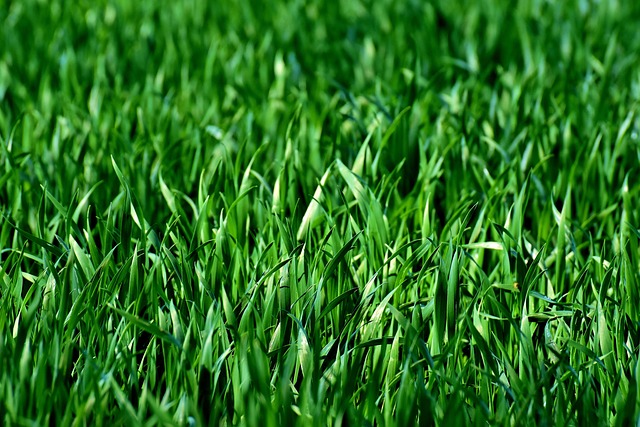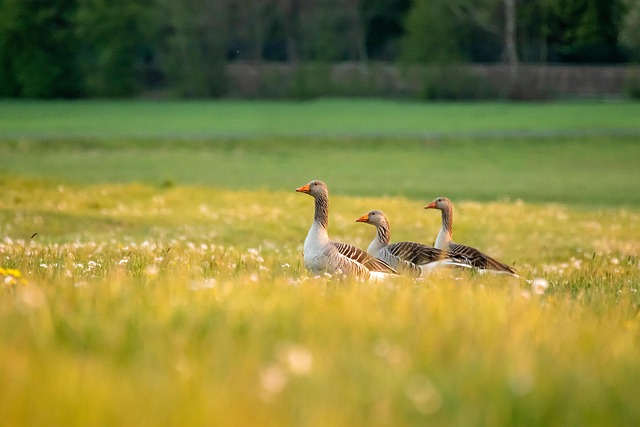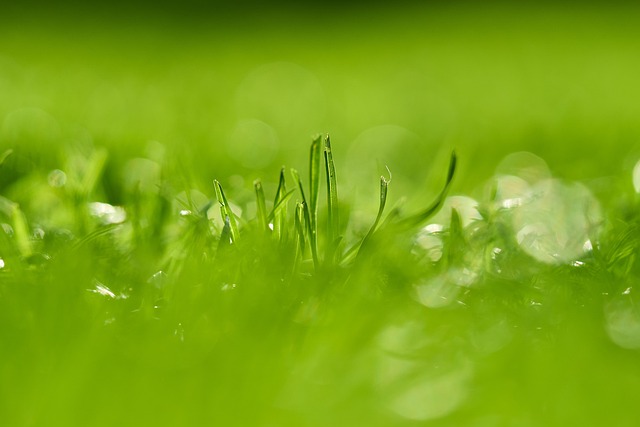Preparing your lawn for summer heat in Centennial involves understanding heat stress impacts, choosing drought-resistant grass types like Bermuda or Zoysia, efficient watering (deep and infrequent), removing dead grass, aerating soil, applying fertilizers, regular mowing high, and mulching to enhance resilience against hot, dry conditions.
In the vibrant, bustling city of Centennial, preparing your lawn for the relentless summer heat is paramount to maintaining a lush landscape. Understanding the unique challenges posed by high temperatures and limited water is crucial. This article guides you through essential strategies to mitigate drought stress on your lawn, including pre-season preparation techniques, selecting drought-resilient grass varieties, and tailored maintenance practices. By implementing these solutions, ensure your lawn thrives even under extreme conditions.
- Understanding Summer Heat Stress on Lawns
- Essential Pre-Season Preparation Techniques
- Drought-Resilient Grass Varieties and Maintenance
Understanding Summer Heat Stress on Lawns

In Centennial, preparing your lawn for the scorching summer heat is essential to maintaining a lush and vibrant outdoor space. The combination of high temperatures, reduced rainfall, and increased sunlight can put significant stress on lawns, leading to browning, thinning, and overall poor health. Understanding how heat stress affects grass is the first step in developing an effective strategy to combat these challenges.
Grass plants respond to heat stress by slowing their growth and metabolic processes. This adaptation helps them conserve water and energy during periods of extreme heat. However, prolonged exposure can cause permanent damage if not managed properly. Implementing strategies like proper watering techniques, selecting heat-tolerant grass varieties, and providing adequate shade can help your lawn endure the summer heat in Centennial.
Essential Pre-Season Preparation Techniques

Preparing your lawn for summer heat in Centennial starts with pre-season preparation techniques that build resilience against drought stress. First, assess your lawn’s current health and water needs through regular testing of soil moisture levels. This ensures efficient watering practices, avoiding both over- and under-saturation. Next, implement a robust irrigation system designed to deliver water deeply and infrequently, encouraging deep root growth that can tap into underground reserves during dry spells.
Additional crucial steps include removing dead grass and debris, aerating compacted soil to enhance water penetration, and applying a balanced fertilizer to provide essential nutrients. These preparatory measures not only improve your lawn’s overall health but also equip it with the necessary strength to withstand the prolonged heat and reduced rainfall characteristic of Centennial’s summers.
Drought-Resilient Grass Varieties and Maintenance

When preparing your lawn for the summer heat in Centennial, selecting drought-resistant grass varieties is a smart step. Many modern grasses are bred to withstand prolonged periods of dryness, reducing the need for excessive watering and maintenance. Options like Bermuda grass, Zoysia, and Buffalo grass are known for their tough resilience and ability to thrive under challenging conditions.
Regular lawn maintenance plays a crucial role in managing drought stress. In Centennial’s hot summers, it’s essential to mow high (around 3-4 inches), as taller grass shades the soil, reducing evaporation. Consistent but deep watering early in the morning is more effective than frequent light waters. Additionally, applying a good quality mulch can help retain moisture and regulate soil temperature, fostering a healthier lawn ecosystem even during dry spells.
Preparing your lawn for summer heat in Centennial starts with understanding drought stress solutions. By implementing essential pre-season preparation techniques, choosing drought-resilient grass varieties, and maintaining proper care, you can ensure your lawn thrives even under the most challenging conditions. These strategies not only help during hot summers but also contribute to a lush, vibrant yard year-round.
